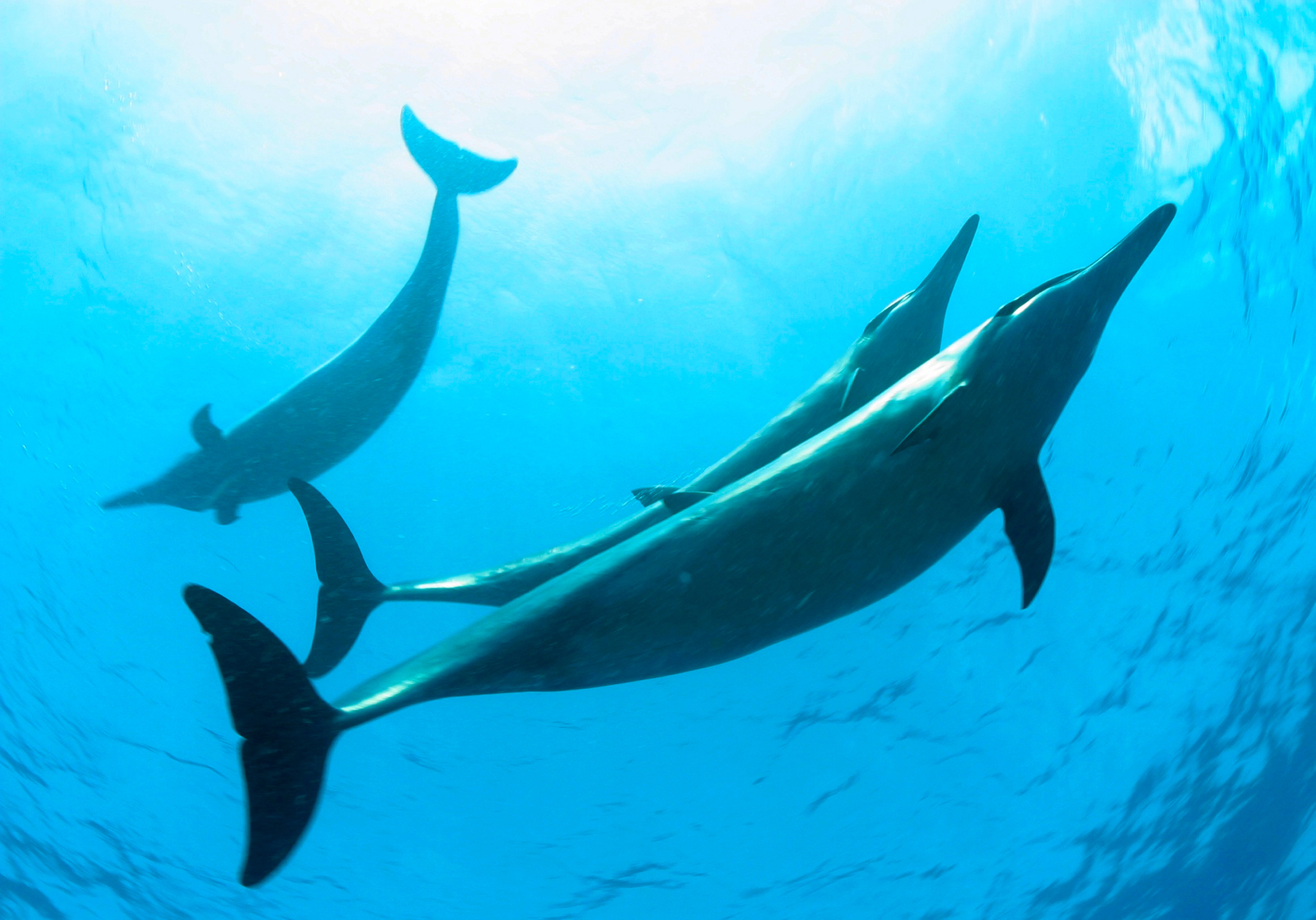
LOS ANGELES, United States (AFP) — US federal officials are seeking a ban on swimming with Hawaii’s spinner dolphins, saying the encounters popular with tourists are harming the sleeping habits of the nocturnal creatures.
The proposal by the National Marine Fisheries Service of the National Oceanic and Atmospheric Administration (NOAA) would ban swimming with Hawaiian spinner dolphins or approaching the animals within 50 yards.
The measure would affect highly popular excursions that allow tourists to swim with the marine mammals or get near them by boat.
“We are taking this action because spinner dolphins in the main Hawaiian islands are experiencing intense pressure from swimmers and other ocean users looking for a dolphin encounter,” Ann Garrett, of the NOAA’s Fisheries Office of Protected Resources, told reporters earlier this week.
The playful and naturally curious creatures hunt for fish, shrimp and squid in deep waters offshore by night, and rest during the day in shallow waters.
They swim back and forth while resting with half of their brain alert while the other half rests.
Officials say that the creatures in recent years have faced intense pressure from dolphin-viewing activities which disrupt their resting time.
Garrett said that her agency fears the chronic disturbance can negatively affect the health and reproductive success of the mammals.
“By reducing disturbance to Hawaiian spinner dolphins, we hope to prevent long term negative effects to (them) and to protect the sustainability of the local population,” she said.
Garrett said her agency would consider public comment on the issue for 60 days and hold a number of community meetings in September before making a final decision within a year.
The proposed ban would be implemented within two nautical miles from shore of all main Hawaiian islands and in designated waters between the islands of Maui, Lanai, and Kahoolawe where the dolphins are found throughout the day.
Although there is no firm count on the number of dolphins in the Hawaiian islands, the most recent estimate puts their number at 3,350, according to NOAA.
© 1994-2016 Agence France-Presse







